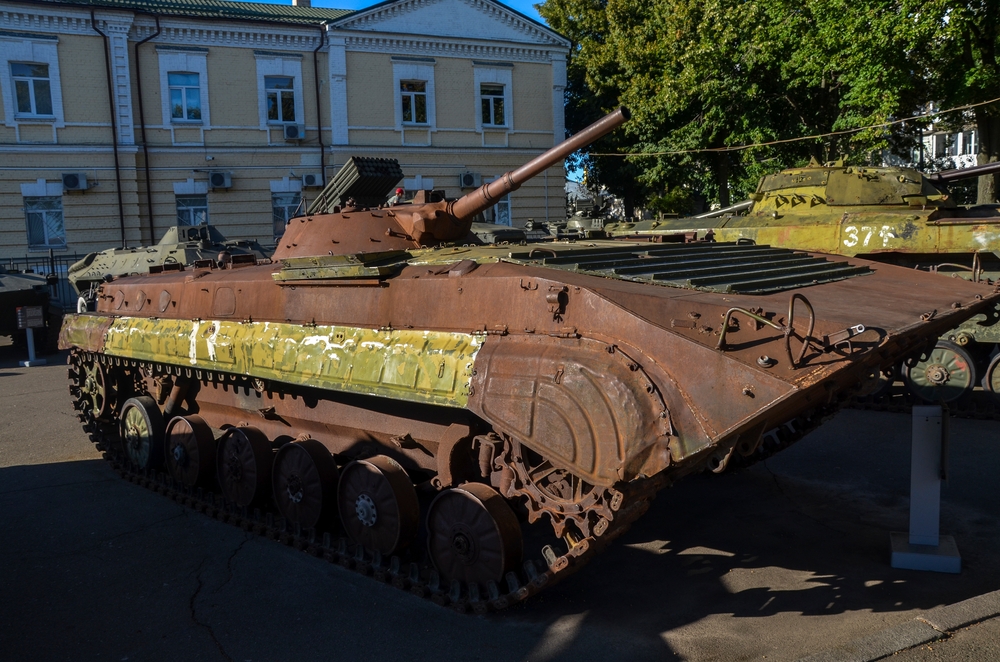He describes these once-revolutionary vehicles as “one-way taxis”.
Others are reading now
A prominent Russian military blogger recently posted a scathing review of the BMP infantry fighting vehicles (IFVs) currently used by Russian forces on the Ukrainian front.
One Way Taxis
Describing these once-revolutionary vehicles as “one-way taxis” for assault troops, he detailed the critical issues in their deployment and performance, painting a bleak picture of the BMP’s role in modern combat.
According to the blogger, his unit received BMP reinforcements following the intense battles in Izium, but the vehicles arrived in poor condition despite a two-month overhaul.
His unit already operated at only 70-80% of full capacity, and nearly half of the delivered BMP-1s couldn’t even pass basic test drives, according to WP.
Also read
Additionally, essential weapon systems were either nonfunctional or nonexistent. The blogger emphasized that only BMP-2M “Berezhok” models, equipped with the upgraded 2A42 automatic cannon, were combat-ready.
Flooring the Gas and Praying
The condition of most other BMPs was described as dire.
These aging vehicles reportedly had rusted frames and deteriorating mechanics that performed at 30% below their intended capabilities, from weapon accuracy to engine power.
Combined with limited crew training, these issues created significant operational challenges.
According to the blogger, training sessions focused almost exclusively on basic vehicle maintenance, leaving crews to figure out tactics once they were already in combat.
Compounding these problems, the blogger noted that BMPs were designed during the Soviet era, long before today’s protective gear was in use, making them cramped and poorly shielded.
Even basic machine gun fire loaded with armor-piercing rounds could penetrate the BMP’s armor, while FPV drones proved lethal. Counter-drone equipment was also scarce and often ineffective, with minimal protection provided by basic camouflage netting.
With limited coordination and tactical support, BMP operations were described as “flooring the gas and praying” to reach the drop zone, with surviving the mission seen as a success. Return trips to pick up additional troops were rare, as drones often destroyed the BMPs on their way back.


